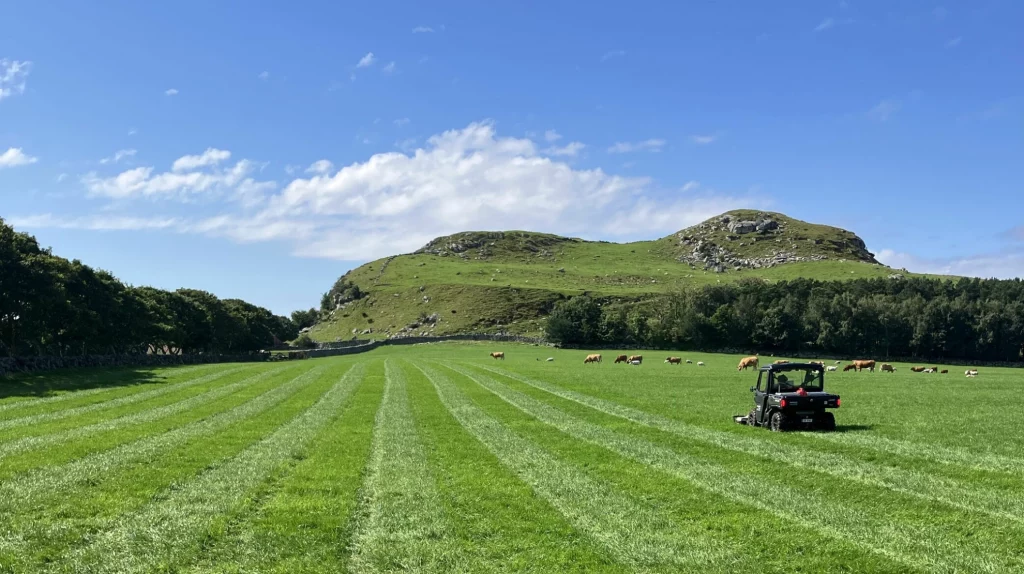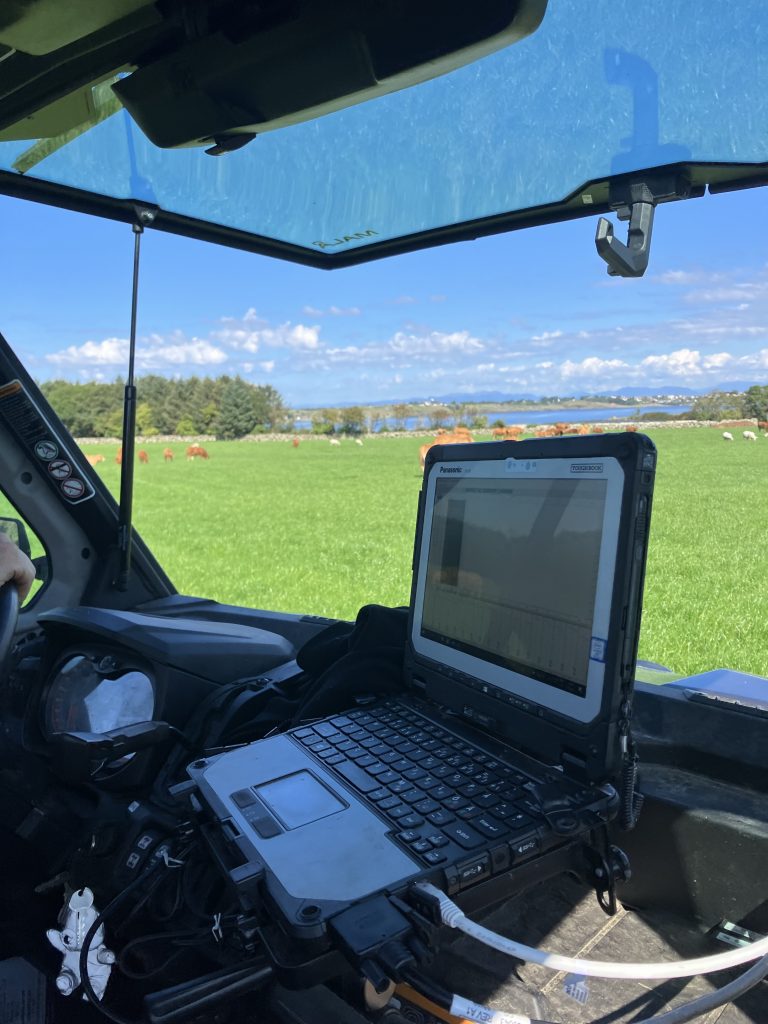Archaeology & History
Did This Field in Norway Once House a Viking-Era Marketplace?
Archaeologists working on the site have discovered remnants of boathouses and cooking pits.

Archaeologists used ground-penetrating radar technology to look underneath the fields of Utstein Gard, a protected cultural heritage site on the island of Klosterøy in southwest Norway, have discovered the remnants of what appears to have been a Viking-era marketplace, including the foundations of several pit, pier, and boathouses.
Pit houses are structures where the main floor is placed slightly below ground level. They can be found at excavation sites across Scandinavia, Iceland, and northern Europe, where they would have shielded residents from the harsh climate.
“The construction makes them cool in the summer and warm during winter,” archaeologist Kristoffer Hillesland of the University of Stavanger explained in a media statement, adding the buildings probably served as “workshops associated with craftsmanship.”
In addition to these structures, archaeologists also found burial mounds, cooking pits, and cultivation layers for agriculture, further suggesting that Utstein Gard was a place of active trade and commerce—the first to be discovered in this part of the country.

The data on the screen displaying finds 20-30 cm below the ground. Photo: Grethe M. Pedersen, AM, UiS.
Radar surveys, headed by University of Stavanger associate professor Håkon Reiersen, were planned following reports of other, smaller discoveries on the island. “We have received numerous metal detector finds from Utstein in recent years, including items associated with trade such as weights and coins,” said Reiersen.
“One of the things we wanted to investigate with the ground-penetrating radar was whether there could be additional traces of trade activity. I am therefore not surprised that the results now indicate that Utstein was indeed a marketplace in the Viking Age and early Middle Ages.”
For now, though, it’s just that: an indication.
“While many indicators suggest that this may be a marketplace, we cannot be 100 per cent certain until further investigations are conducted in the area to verify the findings,” cautioned Grethe Moéll Pedersen, another archaeologist involved in the project. “Radar has proven to be a useful tool for us, but cannot completely replace traditional archaeological excavation methods.”
When those excavations will start is still uncertain, though. Before the archeologists can start digging, they will first need to procure funding and reach an agreement with Utstein Gard’s private owners, which could take time.





